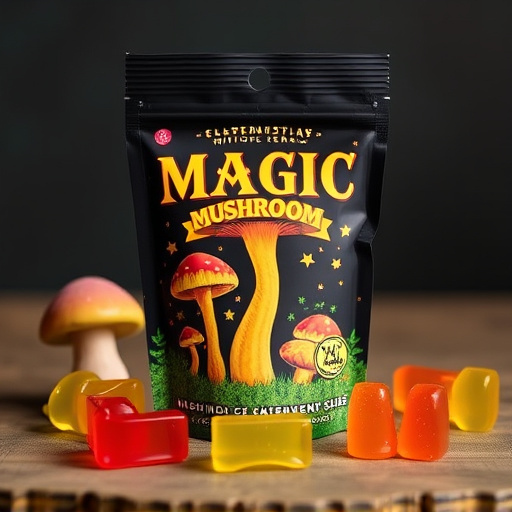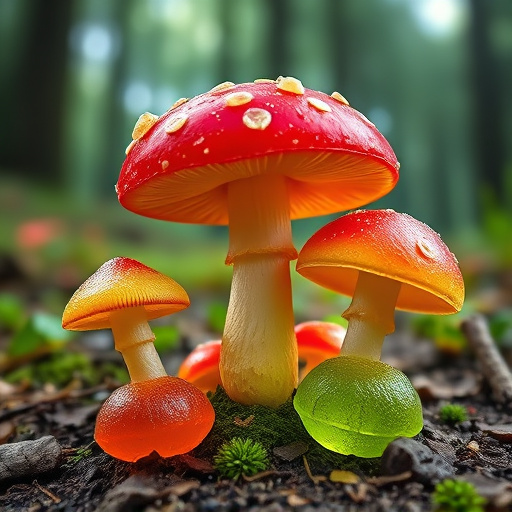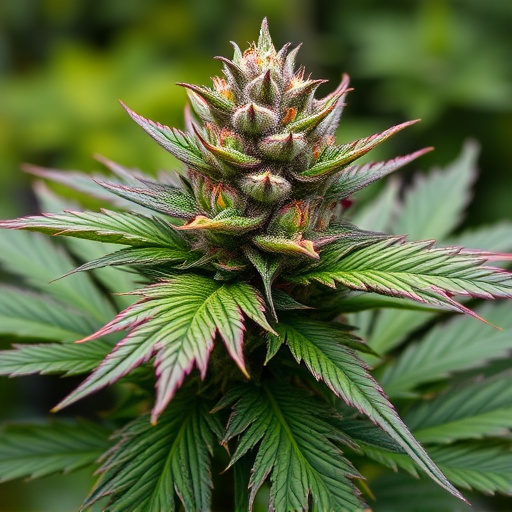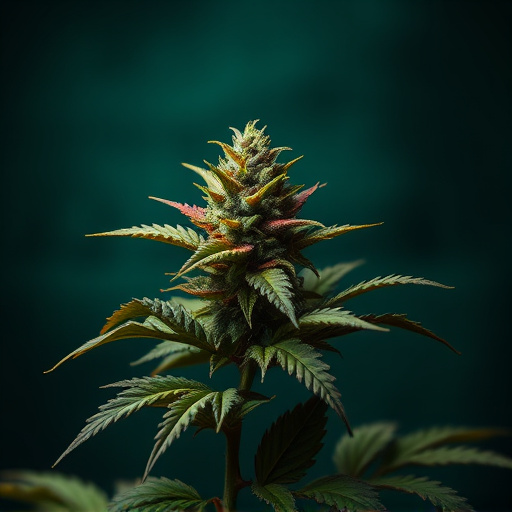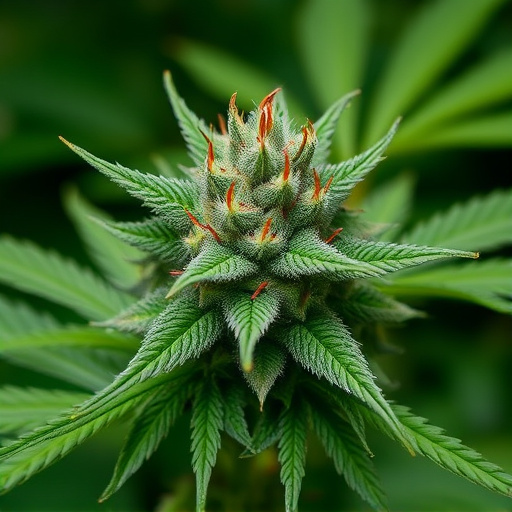Cannabis offers holistic migraine relief through full-spectrum cannabinoids like THC, CBD, terpenes, and flavonoids, which work synergistically. Isolated cannabinoids, focusing on single compounds like THC or CBD, provide precise dosing without the entourage effect. The best cannabis strains for migraines often combine high CBD and THC levels for natural pain reduction, anti-inflammatory, and nausea-relieving benefits as an alternative to conventional treatments. Choice between full-spectrum and isolated depends on individual preference and desired therapeutic outcomes.
In the search for effective migraine relief, understanding the distinction between full-spectrum and isolated cannabinoids is crucial. This article aims to guide you through these concepts and explore their impact on managing migraines. Full-spectrum cannabinoids, derived from the entire plant, offer a complex blend of compounds, while isolated forms focus on single molecules. We delve into the potential benefits of each for migraine sufferers, highlighting specific strains known for their soothing properties, providing insights for informed decisions regarding natural remedies.
- Understanding Full-Spectrum and Isolated Cannabinoids
- The Role of Cannabinoids in Migraine Management
- Comparing Effects: Full-Spectrum vs. Isolated for Migraines
Understanding Full-Spectrum and Isolated Cannabinoids
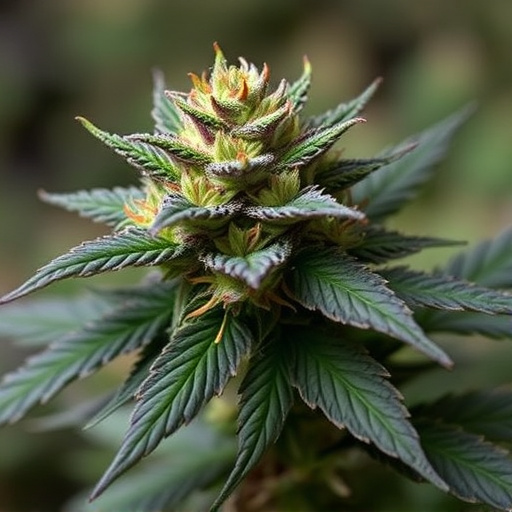
Full-spectrum cannabinoids refer to a wide range of compounds found in the cannabis plant, including terpenes and flavonoids, alongside the well-known THC (tetrahydrocannabinol) and CBD (cannabidiol). This complex mix is believed to work synergistically, meaning their effects are greater together than when taken individually. Many people claim that full-spectrum cannabis offers a more holistic experience and can be beneficial for various conditions, such as reducing anxiety, alleviating chronic pain, and even providing relief from migraines.
In contrast, isolated cannabinoids are single compounds extracted from the plant, focusing primarily on THC or CBD. While this method allows for precise dosing of specific cannabinoids, it might not capture the full potential of cannabis. The absence of other compounds could mean that some therapeutic benefits, often attributed to the entourage effect in full-spectrum products, may be missed with isolated forms. When considering the best cannabis strains for migraines, understanding these differences is crucial as individuals seek natural remedies and explore the potential advantages of each type.
The Role of Cannabinoids in Migraine Management
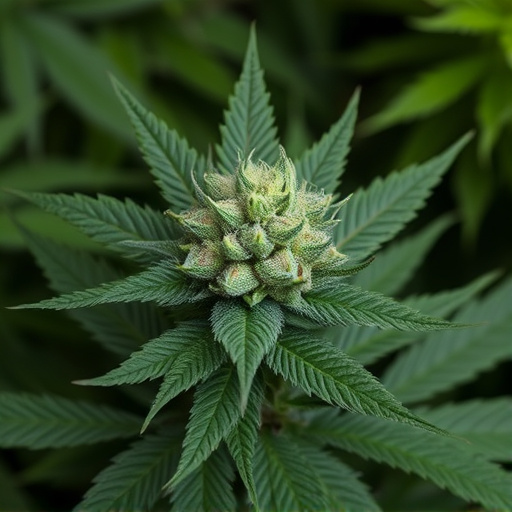
Cannabinoids, the active compounds found in cannabis, have gained attention for their potential in migraine management. Among them, full-spectrum cannabinoids offer a promising approach due to their complex blend of chemicals that interact synergistically. These include not just well-known compounds like THC and CBD but also numerous other minor cannabinoids and terpenes. Research suggests that this intricate network may provide more effective relief than isolated cannabinoids.
Isolating specific cannabinoids, while useful for understanding individual effects, might not capture the full potential of cannabis for migraines. Best cannabis strains for migraines often include those with high levels of both CBD and THC, along with balanced ratios of other cannabinoids. Such strains can potentially reduce pain, inflammation, and nausea associated with migraines, offering a natural alternative or complement to conventional treatments.
Comparing Effects: Full-Spectrum vs. Isolated for Migraines
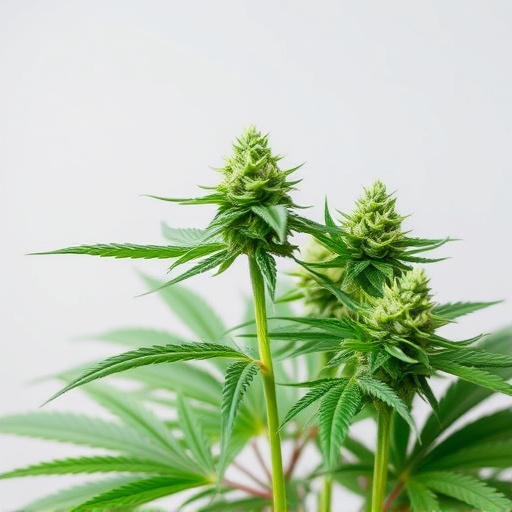
When it comes to alleviating migraines, both full-spectrum and isolated cannabinoids show promise, but they work in slightly different ways. Full-spectrum cannabinoids, derived from the entire plant, contain a range of compounds including terpenes and flavonoids. These additional compounds can enhance or modulate the effects of specific cannabinoids like THC or CBD, potentially offering a more comprehensive relief strategy for migraine symptoms. Studies suggest that full-spectrum extracts may be particularly effective in reducing pain and inflammation associated with migraines due to this complex interplay of compounds.
On the other hand, isolated cannabinoids focus on delivering a single cannabinoid, such as CBD or THC, in pure form. This approach allows for precise dosing and targeted effects. While it might not offer the same range of benefits as full-spectrum, isolation can be beneficial for individuals looking to avoid any psychoactive effects associated with THC. Some research indicates that isolated CBD may help reduce migraine frequency and intensity, making it a popular choice among those seeking natural relief without the high. When considering the best cannabis strains for migraines, both options have their merits, depending on personal preferences and desired outcomes.
When considering the best cannabis strains for migraine relief, understanding the distinction between full-spectrum and isolated cannabinoids is key. Full-spectrum products offer a broader range of benefits, including potential synergies among various cannabinoids, while isolated forms provide targeted relief through a single compound. Studies suggest that both approaches can effectively manage migraines, with full-spectrum oils showing promise in reducing frequency and severity. Ultimately, the choice depends on individual preferences and desired effects, highlighting the need for personalized treatment options within the cannabis landscape.

